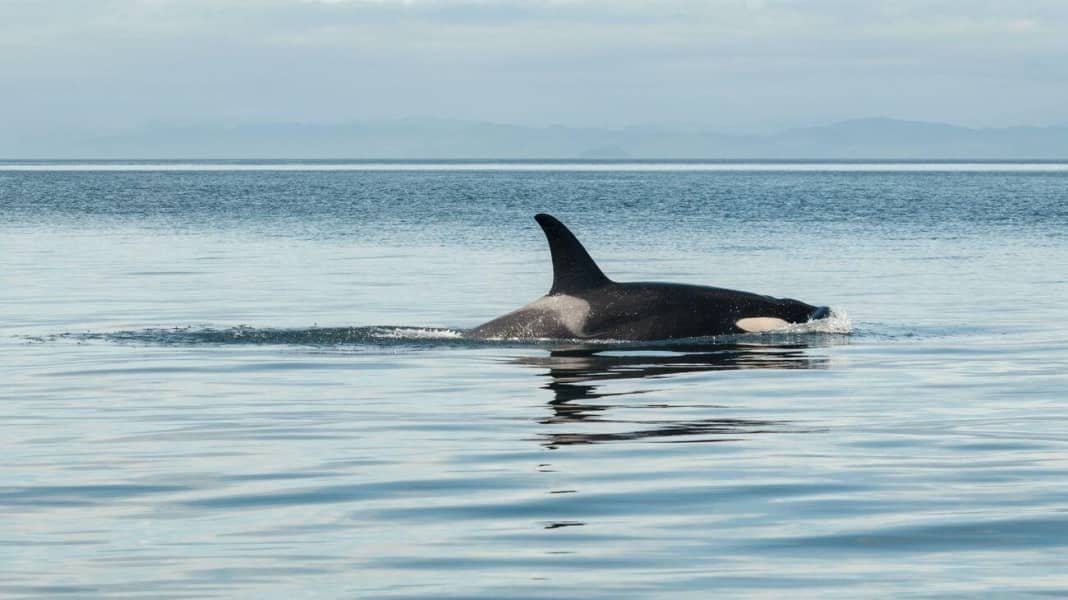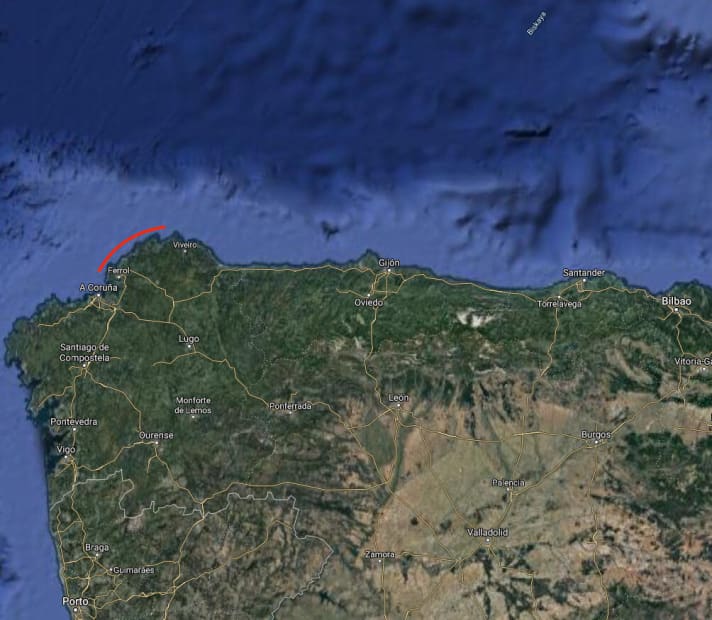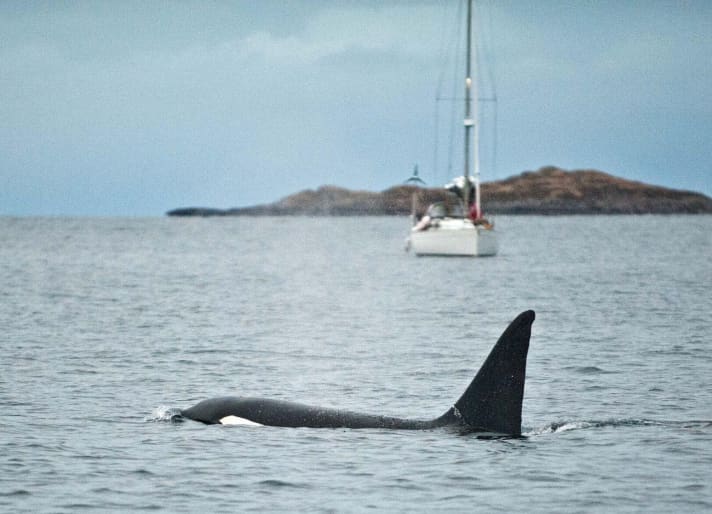Blue water: Whale attacks in the Atlantic: sailing banned off the Spanish coast

Following further attacks by killer whales in the Bay of Biscay and off the European Atlantic coast, the Spanish Ministry of Transport has reacted and issued a ban on pleasure craft under 15 metres in length sailing close to the coast.
It applies in the region north of the Spanish harbour city of A Coruña, along the 40 nautical mile stretch of coast between Cape Prioriño Grande and Punta de Estaca de Bares.

It is initially limited to one week, but can be extended. However, leaving harbours and approaching them from the sea at right angles to the coast remains permitted.
Mysterious behaviour of a whale family
The reason for the measure is the increase in whale attacks on sailing yachts since mid-August. Since then, many crews have reported incidents in which killer whales have swum towards their ship, dived underneath it and damaged the rudder blade, sometimes so severely that the ships had to be towed away. Most recently, the crew of a German sailing yacht documented the incident in a video.
According to the Spanish authorities, most of the attacks took place on yachts under 15 metres in length, which were around two to eight nautical miles from the coast and travelling at between five and nine knots.
Marine biologists and whale researchers have so far only made assumptions about the animals' unusual behaviour. What seems clear is that it is always one and the same whale family that is now hunting tuna in the Bay of Biscay in autumn.
"They don't want to play"
Whale researcher Andrea Steffen, who has been studying the behaviour of these highly intelligent marine mammals together with her husband for 25 years, explains possible causes for the unusual encounters between humans and whales in an interview with YACHT.
"When whales become aggressive, it has something to do with their prey or protecting their young," says the woman from Düsseldorf, who runs a research station on the Caribbean island of Dominica with her husband. "They certainly don't want to play."
Rather, an obvious theory is that the animals are under stress due to hunger, as their prey is getting smaller and smaller. "There has been a real battle between tuna fishermen and whales in the region for years," explains Steffen. "Whales are extremely adaptive. But they can't tell the difference between a fishing boat and a sailing boat." One possible explanation is therefore that the killer whales feel disturbed and see the ships as predators. "But that's just a theory," emphasises Steffen. "We don't know what exactly is happening there."
What crews can do
However, she rules out the possibility that the animals are specifically targeting the rudder blades of the yachts in order to make them unable to manoeuvre. Rather, a rudder blade is the first part of the ship that the whales approach from astern.
The whale researcher, who herself has sailed many miles on the North Sea, Baltic Sea and in the Caribbean, recommends the following to crews that are attacked by orcas: Stop the engine if it is running, turn round, bring the boat to a standstill and wait. It is also essential to inform the coastguard. Under no circumstances is it advisable to head towards the animals or try to escape. "I assume that the animals will lose interest once the sound of the engine has gone."
Cruising yachtsmen and transfer crews who sail their ships southwards across the Bay of Biscay at this time of year are particularly affected. They should keep a careful lookout and follow the information from the coastguards.
The full interview with whale researcher Andrea Steffen will appear in YACHT 22/2020 at the beginning of October.

